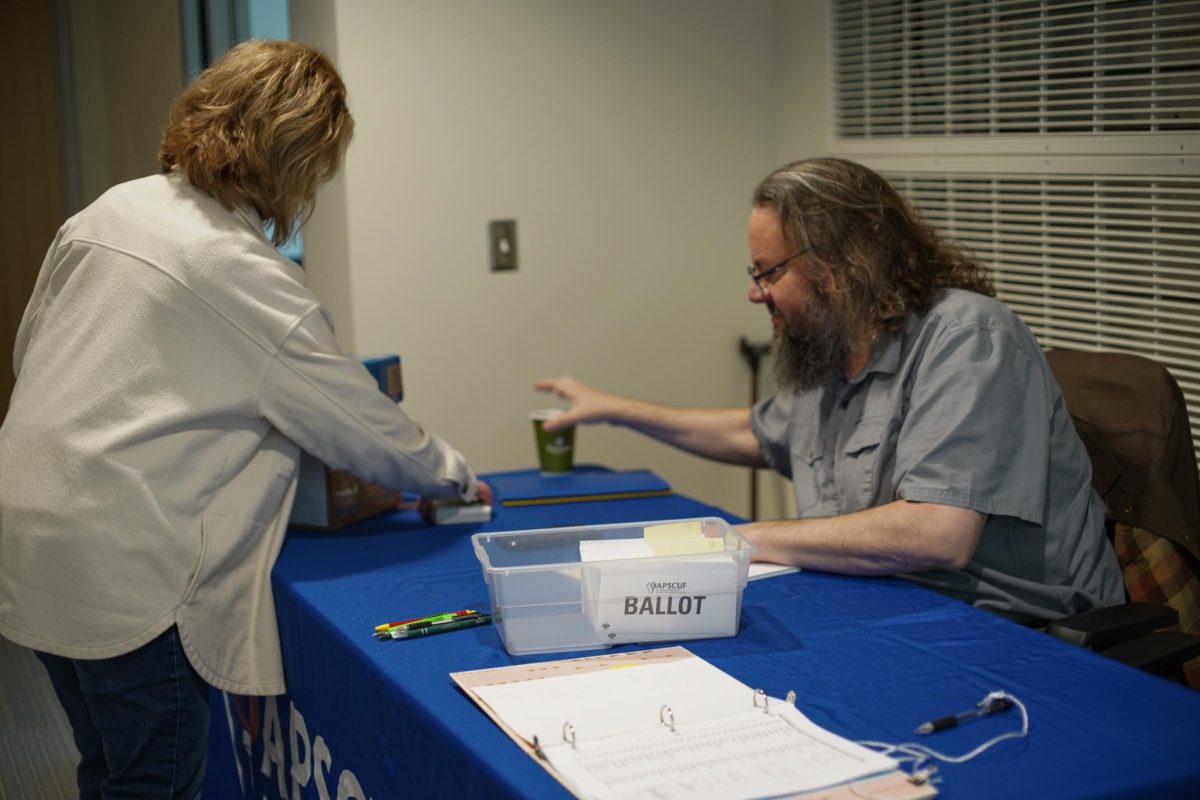While mainly being known as a time for spooky, scary skeletons, October is also a month known for something more important and possibly just as scary—breast cancer awareness.
There are over 200,000 diagnosed cases of breast cancer every year. It is important to get a grip on it from a young age, especially if someone in your family has already been diagnosed with cancer. Prevention methods range from basic self checks to getting scanned by a doctor. In 2010, my mother was diagnosed with breast cancer, and in 2014 I found a lump in my own breast. Since then, I receive a check-up every six months and an ultrasound every year. My mother and I go to the same doctor for our exams, so I have a fairly good knowledge on what goes down behind the exam room door. Let me walk you through a basic breast examination by a doctor.
As a patient, you’re shown to an exam room and asked to change into a gown. I use the term gown lightly, as it’s more of a short vest made of very cheap paper towels. (Think if Aladdin was sponsored by Brawny.) If the doctor is male, a female nurse will also be present through the duration of the exam. Like any other doctor’s visit, the doctor will ask a few basic questions about noticeable pain, tenderness, or discoloration. After that, you will be asked to lie back on an examination table.
Now comes the awkward part. The doctor opens the vest and you instantly think that you’re being judged. You’re self-conscious and it’s awful. And you know what? You’re right. You are being judged, but it’s for the sake of your health and well-being. A basic physical will screen for anything out of the ordinary. These abnormalities include lumps, skin lesions, swellings, deformities, or general pain. Anything significant is then documented to refer to should something change later on.
On the off chance that there is an undetected lump that has not been found, the doctor will then do a mammogram or ultrasound. If you’re younger, you’ll receive an ultrasound. For those who have never had an ultrasound, it allows the doctor to see instantly inside of your body without the trouble of going through any tests like CAT scans or MRIs.
From there, the doctor will be able to get an idea about how dense the tissue is or if it’s simply a swollen duct. In the event that an especially dense mass of tissue is found, you may need to have it biopsied. I won’t lie, biopsies hurt. A lot. But it’s worth it. A biopsy is when the doctor takes a large needle and inserts it into your body, into the mass, and takes a tissue sample out to be sent to a lab for testing. While that area of your body will receive local numbing medicine, it still hurts significantly and there’s a surprising amount of blood. You should receive your results in two to three weeks. If you’re still worried about going to a doctor for an examination, turn it into a fun trip. I hate going every time, but my mother and I make an evening of it and go to Texas Roadhouse afterwards. We talk about how the appointment went and it helps to ease some of the awkward tension.
Breast cancer is difficult to talk about, but it’s important that it is discussed. Make sure to get regular checks, even if you’re only doing them yourself. Talk to your doctor if you have any questions or find anything out of the ordinary.























